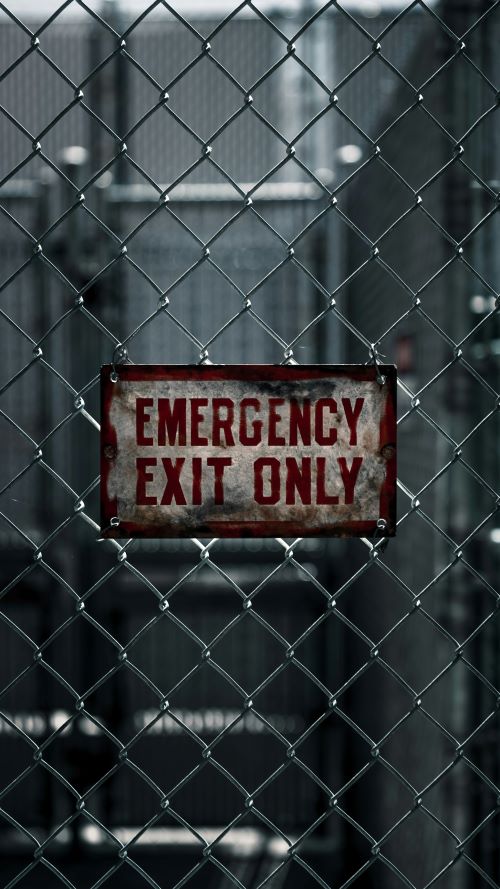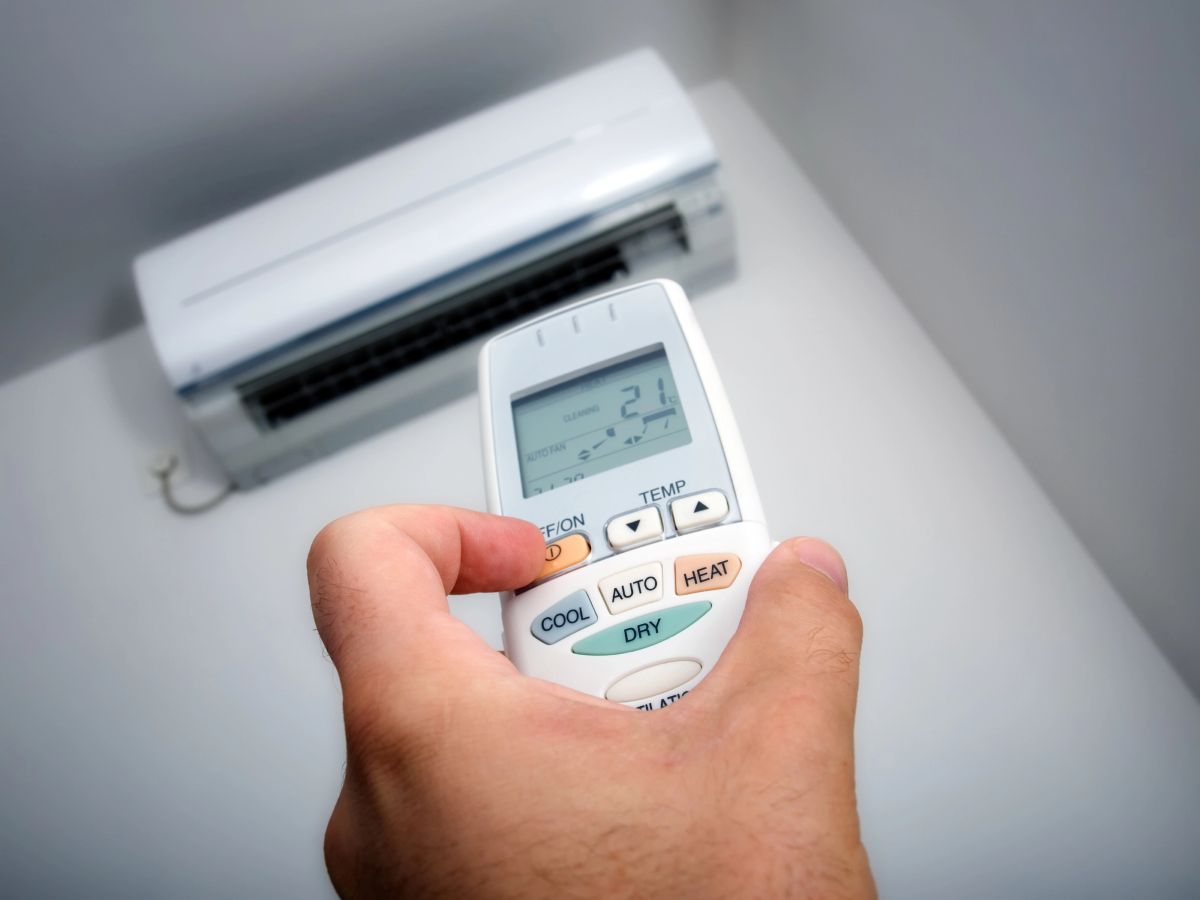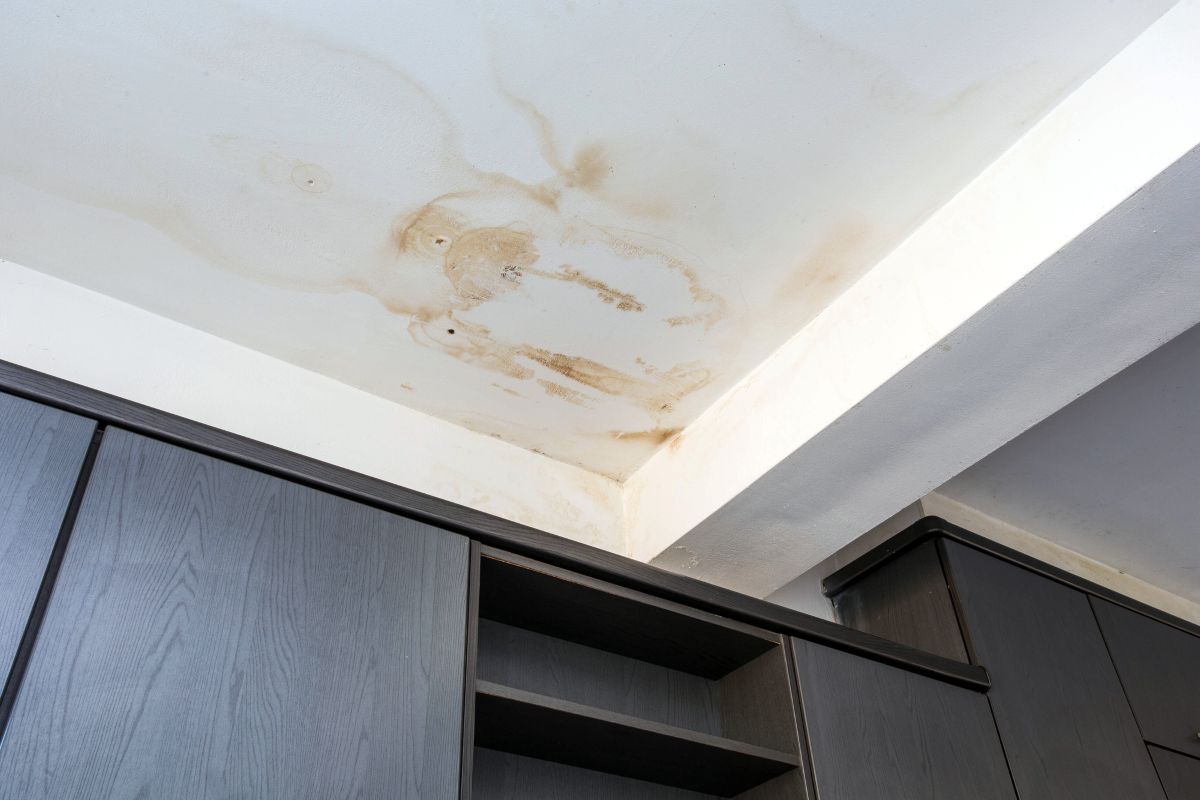Electricity is a crucial part of our daily lives, powering our homes, offices, and industries. While it has become second nature for many, electrical emergencies can arise unexpectedly, posing potential dangers if not addressed promptly and correctly. In this guide, we will walk you through essential steps to navigate electrical emergencies safely and efficiently.
Understanding Diverse Electrical Emergencies
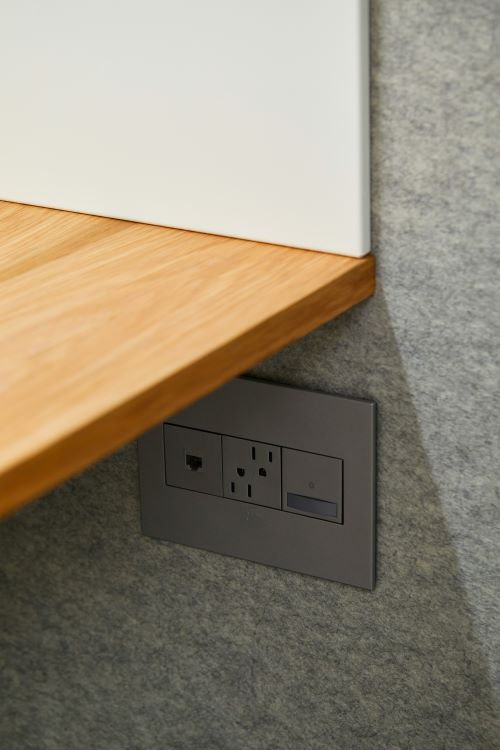
Before exploring solutions, it’s crucial to recognise the various scenarios that constitute electrical emergencies, each demanding a unique approach:
Power Outages: Sudden and unexplained power failures can be a sign of an underlying issue. Investigate whether the outage is localised to your property or widespread in the neighbourhood.
Sparks or Smoke: The presence of sparks or smoke from outlets, switches, or appliances demands immediate attention. These signs indicate potential electrical hazards that need to be addressed promptly.
Electrical Fires: In the event of a fire, quick and appropriate action is essential to prevent its heightening. Electrical fires require specialised measures for extinguishing to avoid further risks.
Exposed Wiring: Exposed wires pose a significant risk of electric shock and must be handled with caution. Identifying and addressing exposed wiring promptly is crucial for safety.
Overloaded Circuits: Overloaded circuits can lead to overheating, sparks, and fire hazards. Recognising signs of overloaded circuits and redistributing the load are essential to preventing potential dangers.
Electrical Shocks: Electric shocks can occur due to various reasons. Knowing how to respond when someone experiences an electric shock is crucial to ensuring their safety.
Water-Related Issues: Water and electricity are a dangerous combination. In cases of water leakage or flooding near electrical installations, specific safety measures must be taken to prevent hazards.
Faulty Wiring: Old or faulty wiring can lead to a range of issues, including electrical fires. Recognising signs of faulty wiring and taking appropriate actions are vital for preventing emergencies.
Safety First
Before attempting any electrical solutions, prioritise safety.
Turn Off Power: In case of an emergency, turning off the power at the main switch or circuit breaker is the first step to eliminate the risk of electric shock.
Stay calm. Panicking can weaken your judgment. Stay calm, assess the situation, and proceed cautiously.
Keep a Safe Distance: Maintain a safe distance from any visible sparks, smoke, or exposed wiring. Do not touch anything until you are sure it is safe.
Solutions for Diverse Electrical Emergencies
Power Outages
Check Neighbours: If the power outage is isolated to your home, check if your neighbours are also affected. This can help determine if the issue is local or widespread.
Inspect the circuit breaker: Check the circuit breaker for tripped switches. If you find any, reset them. If the problem persists, consult a professional electrician.
Contact Your Electricity Provider: If the outage is not limited to your property, contact your electricity provider to report the issue. They can provide information on the restoration process.
Sparks or smoke
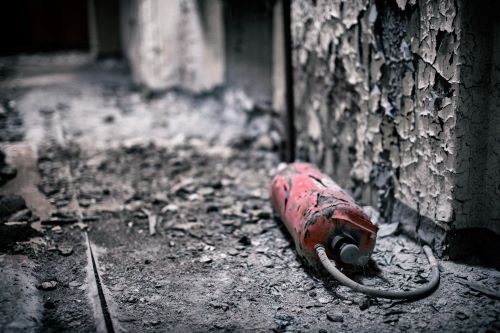
Turn Off Power: Immediately turn off the power at the main switch or circuit breaker.
Use a Fire Extinguisher: If there is a small fire, use an appropriate fire extinguisher. Do not use water, as water conducts electricity.
Evacuate: If the situation is escalating, evacuate the premises and call emergency services.
Contact an Electrician: After ensuring safety, contact a qualified electrician to assess and repair the issue.
Electrical Fires
Use a Fire Extinguisher: If the fire is small, use a fire extinguisher rated for electrical fires. Do not attempt to extinguish the fire with water.
Evacuate Safely: If the fire is spreading or uncontrollable, evacuate the building immediately. Call emergency services from a safe location.
Do Not Use Water: Water conducts electricity and can escalate the fire or cause electric shock. Use a fire extinguisher designed for electrical fires.
Exposed Wiring
Turn Off Power: Before addressing exposed wiring, turn off the power to the affected area.
Do Not Touch: Avoid touching exposed wires with bare hands. Use insulated tools if necessary.
Isolate the Area: If possible, cordon off the area to prevent others from coming into contact with the exposed wiring.
Contact a professional: Call a licenced electrician to inspect and repair the exposed wiring. Do not attempt DIY solutions.
When to call a professional
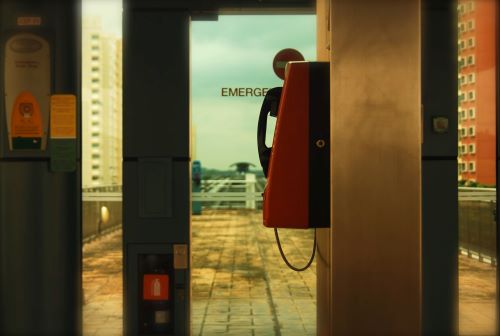
While the above steps provide initial guidance, it’s crucial to know when to call a professional electrician.
Persistent Issues: If the problem persists after basic troubleshooting, seek professional assistance.
Electrical Installations: For any new electrical installations or modifications, consult a qualified electrician to ensure compliance with safety standards.
Unknown Causes: If you are unsure about the cause of an electrical issue, do not attempt to fix it yourself. Call a professional to assess the situation.
Conclusion :
Electricity empowers our daily lives, but its potential hazards demand a responsible and informed approach during emergencies. By understanding diverse electrical emergencies and following the outlined solutions, individuals can enhance their ability to navigate critical situations safely. Remember, safety is essential, and seeking professional assistance is the smartest thing to do when facing complex or unfamiliar electrical issues. With this knowledge, you can contribute to a safer and more secure electrical environment for yourself and those around you.
